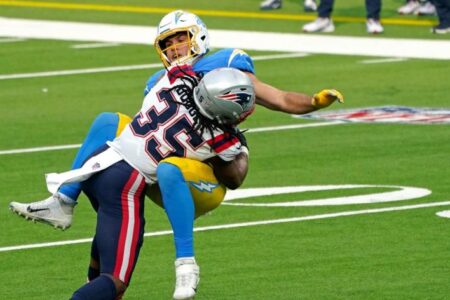The wetness of footballs, as we know, causes a pressure drop by expansion of the leather
Wet footballs brought into a warm environment at first experience, counter-intuitively, a further drop in pressure due to the phenomenon of
evaporative cooling.
http://www.foxsports.com/nfl/story/new-england-patriots-tom-brady-deflategate-scientist-050715
Wet footballs will
not follow the curves shown in the Wells report. They will drop in pressure a little more, until they are somewhat dry, and
then they will warm up and the pressure will rise.
Playing football in a downpour is also not mimicked by their spray bottle spritz test.
The change in pressure over time will
not be linear, it is likely even partly bell-shaped: down, then up. And the testing of the Patriots footballs would have been in this non-linear part of the
real pressure/time graph.
For them to say that choosing to throw out half of the data, and then choosing WHICH half to throw out (so that the one remaining best fits their story, even if it goes against the memory of the ref)
had no effect on their analysis
is just flat out SLEAZY.


















